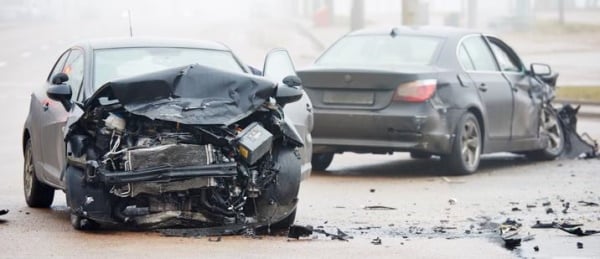Car accidents could be ugly, and usually, the one on the rear side is blamed for a rear-end collision. However, always blaming the rear driver for a crash could be presumptuous.
This is because there are times when the lead driver could have done the following:
- Misled with their road signals
- Negligent in indicating their presence through car lights
- Intentionally devised a scenario to get hit
- Had defective brake lights
- Reversed their vehicle into the rear car
- Drunk driving
These reasons could strongly lead to rear-end accidents where the rear driver is not at fault. But, most of the time, this is overlooked because many people assume that the rear driver might have banged their car right into the leading vehicle.
Therefore, our car accident attorney in Decatur has answered multiple questions related to the rear-end collisions. These questions will surely wipe out every doubt you have regarding your rear-end collision case.
How to Determine who is At Fault in a Rear-end Accident?
Generally, the rear drivers are at fault in such situations. However, there are some exceptions where the lead drivers might be at fault. So, to clear the air of blame gaming, our car accident lawyer in Decatur has provided some basic thumb rules to identify the guilty one.
- The determination should begin by calculating who was at greater fault and what percent of accident each party caused.
- Speeding, texting, loud music, and tailgating are brutal mistakes that any driver can commit. They lay the framework for accidents, and drivers involved in any of these factors should be held guilty for the accident.
- Therefore, the one who suffered the damages can make a plea for compensation. Their compensatory damages can include:
- Repair costs
- Survivor damages
- Medical bills
- Discomfort and pain
How to Present the Case for a Rear-end Collision Lawsuit?
To present a strong case in your favor, you will have to prove that the leading driver was negligent while driving. The situation frequently intricates when it’s the rear driver presenting the case. Because rear-end collisions are often assumed to be the rear driver’s fault as they might be too close to the leading vehicle.
However, if you feel that you have been wronged, we suggest you challenge this social construct of rear-end cases. All you need to do is prove that the driver driving in front of you was negligent. You can do so by proving that:
- The leading driver owed you a duty of care.
- The leading driver was negligent in his duty of care.
- The leading driver’s negligence was the major contributing factor in causing the accident.
When Does a Leading Driver Initiate the Rear-end Collision?
This goes against the standards, but leading drivers can do various activities that might lead to the collision. According to our car accident lawyer in Atlanta, the lead driver is at fault when they:
- Suddenly reverse their car without a warning signal.
- Pullover in front of another car.
- Over speed.
- Suddenly pull the brakes.
So, if your car has suffered damages because of a lead driver’s fault, don’t settle down. Contact The Hurt 911® Injury Centers at 1-800-487-8911 — a renowned name for hiring a personal injury attorney in Decatur, GA.








